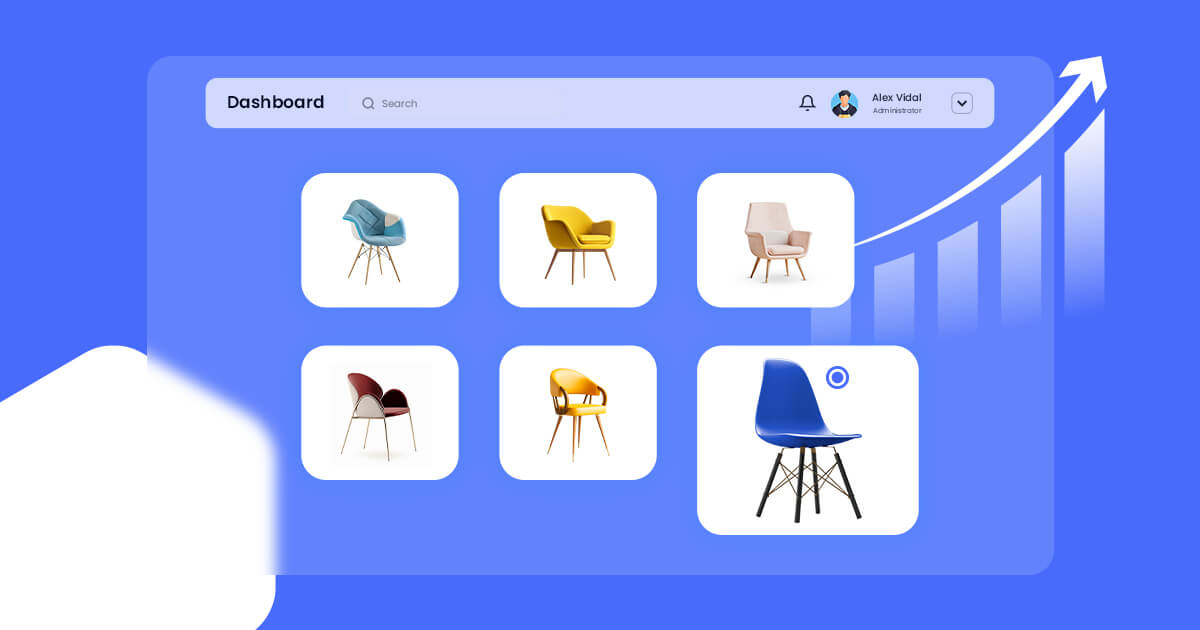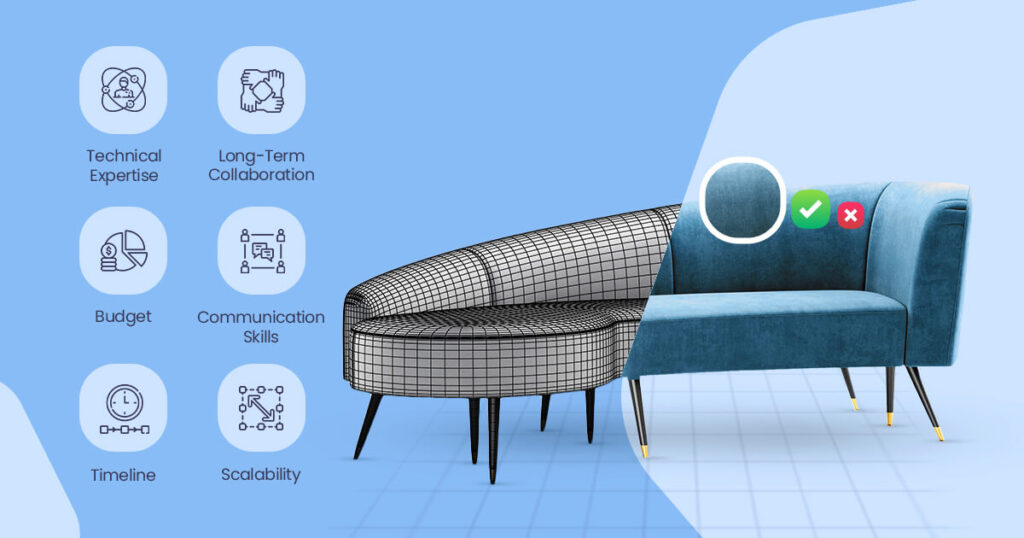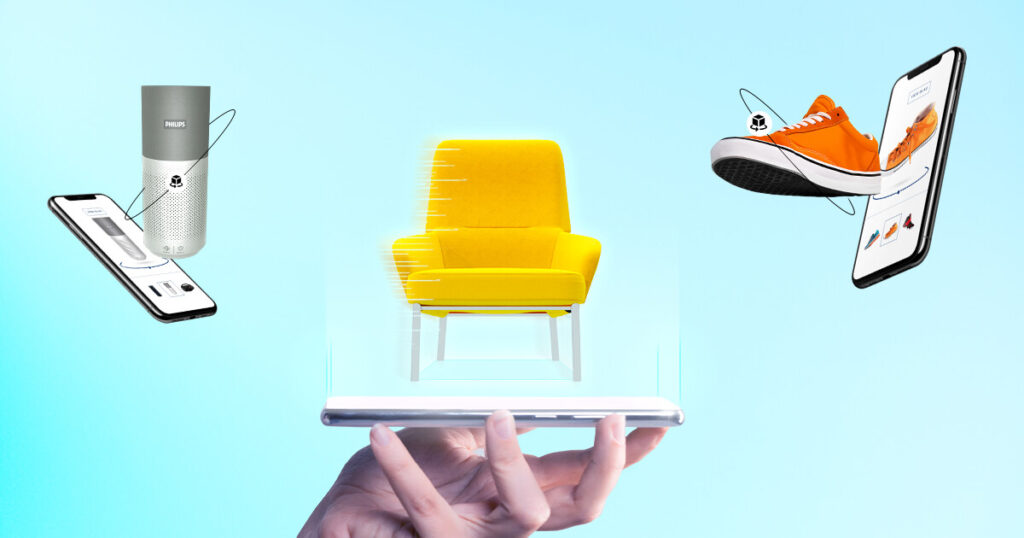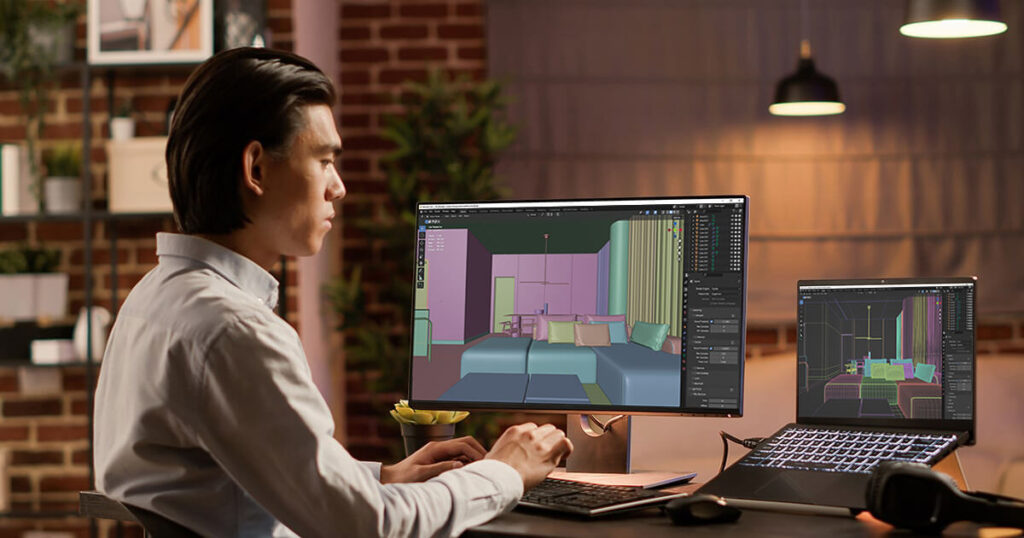The eCommerce industry has grown drastically over the past decade. Shoppers can easily browse and purchase their desired product online. So, it’s becoming the norm. To enhance business, eCommerce owners or retailers can use 3D product visualization. It’s a significant way to grow the business. By applying this technique, users will experience a fresh look of the products. And also, it will give a great user experience. Let’s discuss how 3D product visualization in eCommerce increases your sales.
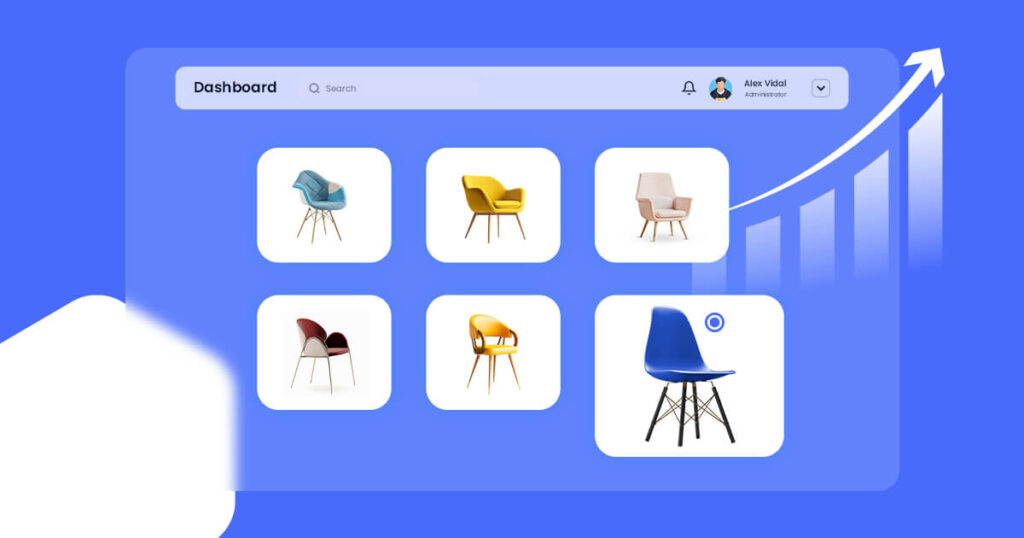
What is 3D Product Visualization?
3D Product Visualization is a process where a physical product is represented in a three-dimensional model. It is used to render a product into photorealistic visualization. To create a 360-degree view of a product it can be used. It facilitates color and pattern customization, augmented reality experience that enhances the user experience. Basically, 3D product visualization gives a satisfying shopping experience.
How to Utilize 3D Product Visualization to Increase your eCommerce Sale?
It’s easy to start utilizing 3D product visualization for your eCommerce business.
-
Properly Highlight Product Design Varieties
At present, customers are very choosy about the products they purchase from online. They want a trustworthy and standard eCommerce brand from where they buy their favorite products. No wonder that’s why eCommerce businesses need to represent sharp and eye-catchy visuals of products to get the reliance from the users. It helps to grow confidence in the customers.
By applying traditional photography techniques, it’s tough to showcase a product from all angles. It only allows customers to check the color and material variation. By utilizing 3D product visualization methods customers can see all angles of a product with clarity. It establishes trust and authoritativeness towards the brand. It increases the possibilities to purchase the product. This method greatly enhances both reputation and sales potential.
-
Use Augmented Reality (AR) to Enliven Your Products
Now-a-days, there is no longer a need for customers to physically visit stores to purchase products. It happens only because of the seamless integration of CGI with real-life environments.
To incorporate a 3D product visualizer for augmented reality (AR), firstly it’s needed to develop a mobile application that supports an AR view. Customers can effortlessly browse through an online product gallery. They can select desired 3D models, instantly place them within their chosen setting with a simple touch. This AR-driven shopping experience not only enhances sales for e-commerce companies but also minimizes returns and refunds.
-
Showcase Product Technicalities in a Detailed Way
In the highly competitive online marketplace, a mere visual demonstration of product features is insufficient to drive sales. Customers are interested in understanding the quality and durability. So, it is difficult for businesses to showcase a product’s internal components and structures. But for eCommerce 3D product visualization, businesses now can showcase each element of a product with exceptional precision and clarity.
By utilizing a 3D product visualizer, it becomes possible to showcase both the outer and inner sides of an item. Customers can thoroughly evaluate whether a particular product meets their expectations or not.
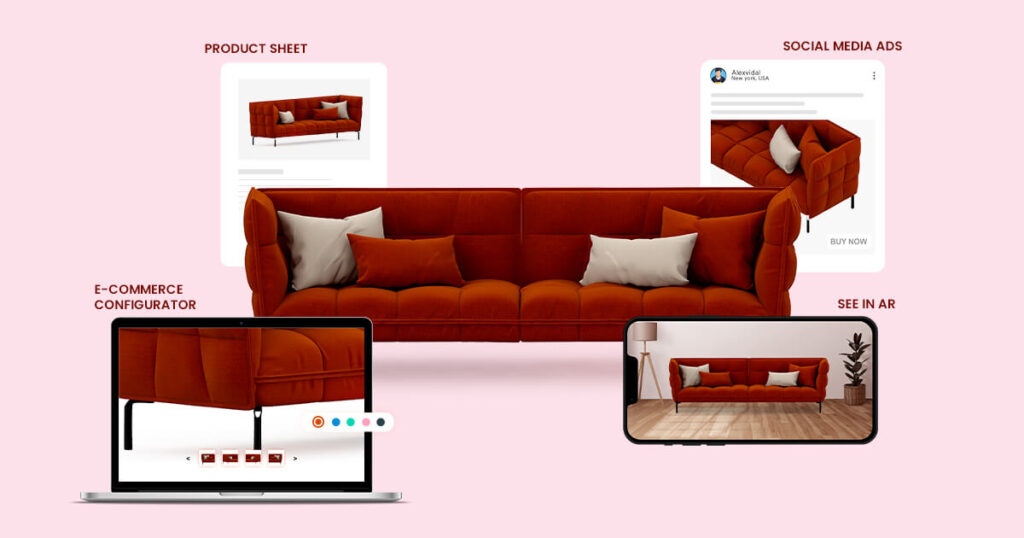
-
Achieve Big Impact with CG Product Catalogs
Product catalogs serve as a powerful marketing tool for retailers. It can leave a lasting impression on their clients. Clients can peruse through these catalogs to discover their desired items. Similarly, online retailers can utilize product renders to captivate the attention of potential buyers.
By embracing eCommerce 3D product visualization services, manufacturers and retailers can terminate the idea of traditional photography approach. They can hire the experts of professional 3D product visualization companies. These companies can create digital product models that are not only photorealistic but also closely resemble the actual products themselves.
-
360 Degree Product View
The concept of traditional 2D image is gradually vanishing for 360 degree view concept. Through the use of 360-degree views, customers can now obtain a realistic perception of the product. They can rotate images. This immersive experience captures every angle and detail. creating a sense of familiarity and resemblance to the actual product. Retailers find it convenient to communicate product information to their clients through computer graphics and product rendering.
With 360 degrees view the concept of static images is gradually dying. Now to get the feeling of a real product, it is not required to be physically present in the brick and mortar store. The product’s 360 degrees view gives a real-world feeling of the product. It captures each angle and various technicalities of the product that brings a sense of familiarity and resemblance with the real product. For retailers, now it is easy to transfer the products information to their clients, with these computer graphics and product rendering.
-
Visual Engagement
Enhancing visual engagement brings a new dimension to product images. Products can be showcased in many styles by utilizing this tool. It enables the manipulation of color, shape, and lighting of the product model. These make the products photorealistic and more engaging.
You can add additional elements into the background if you want. For instance, before buying a corner table you can set it in your bedroom to check the compatibility. You can also evaluate the size, color, texture, and other features of a product by virtually situating it within a real environment. By adding these features, online retailers boost their sales figures. And these features make the customers interested about the products and insist them to buy the products.
-
Adapts Evolving Marketing Trends
The e-commerce industry is facing competition due to rapidly changing trends across various sectors. To survive and thrive in the market, brands must adapt to these evolving trends. Moreover, to maintain and expand their customer base, businesses need to incorporate these changes into their product lines. Utilizing 3D product rendering safeguards businesses by designing product models.
By creating images of the product model using 3D visualization and sharing them on social media, businesses can have the response from the public. This process helps to prevent financial losses.
Final Thoughts
Applying 3D product visualization in eCommerce can significantly boost your sales. By providing customers with realistic and seamless experiences, you can increase their confidence in making purchases. The ability to visualize products from different angles helps customers make informed decisions. And it’s leading to higher conversion rates and reduced return rates. With the growing adoption of 3D technology and its positive impact on customer satisfaction, investing in 3D product visualization is a smart way to increase your e-commerce sales.

